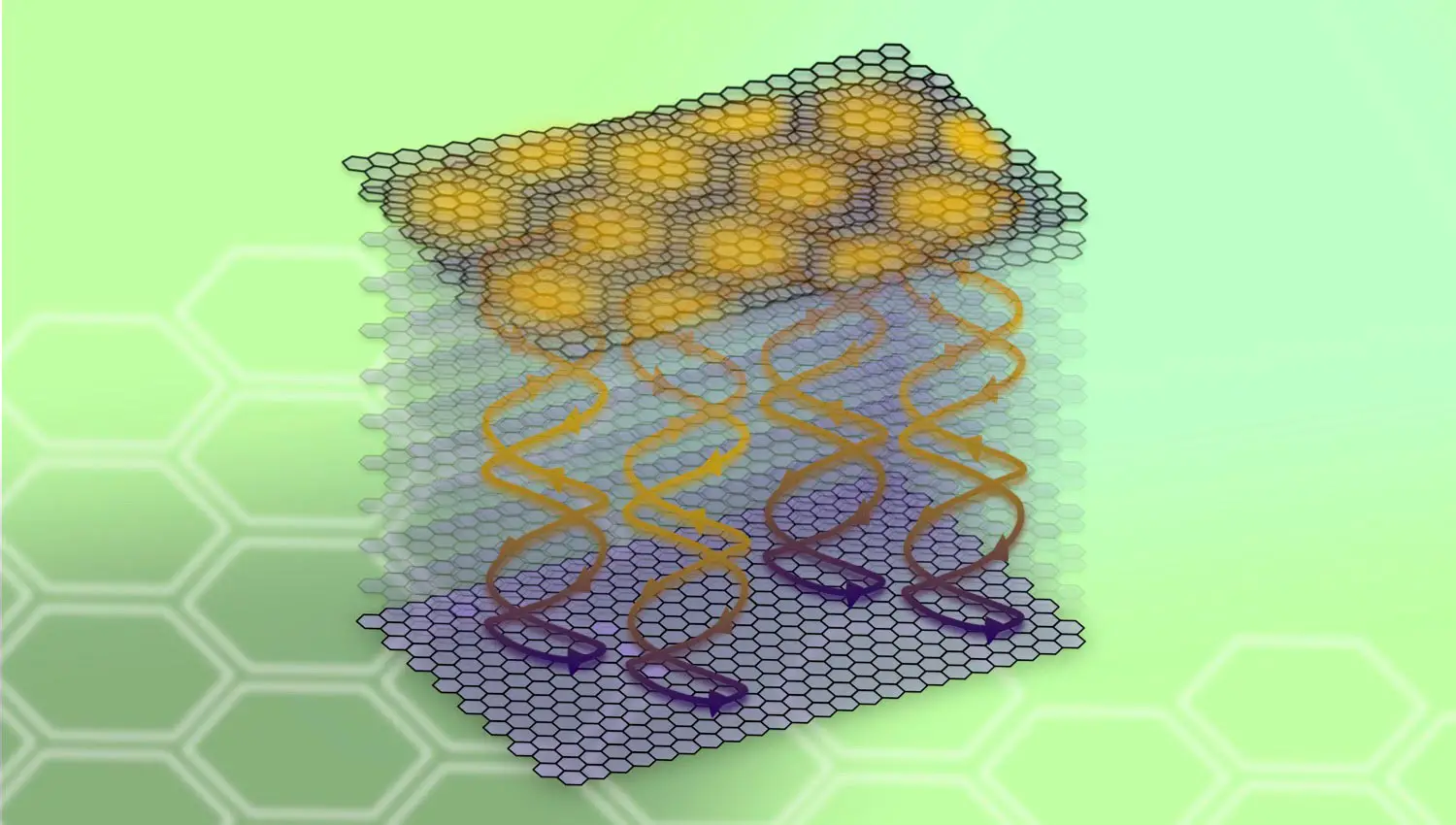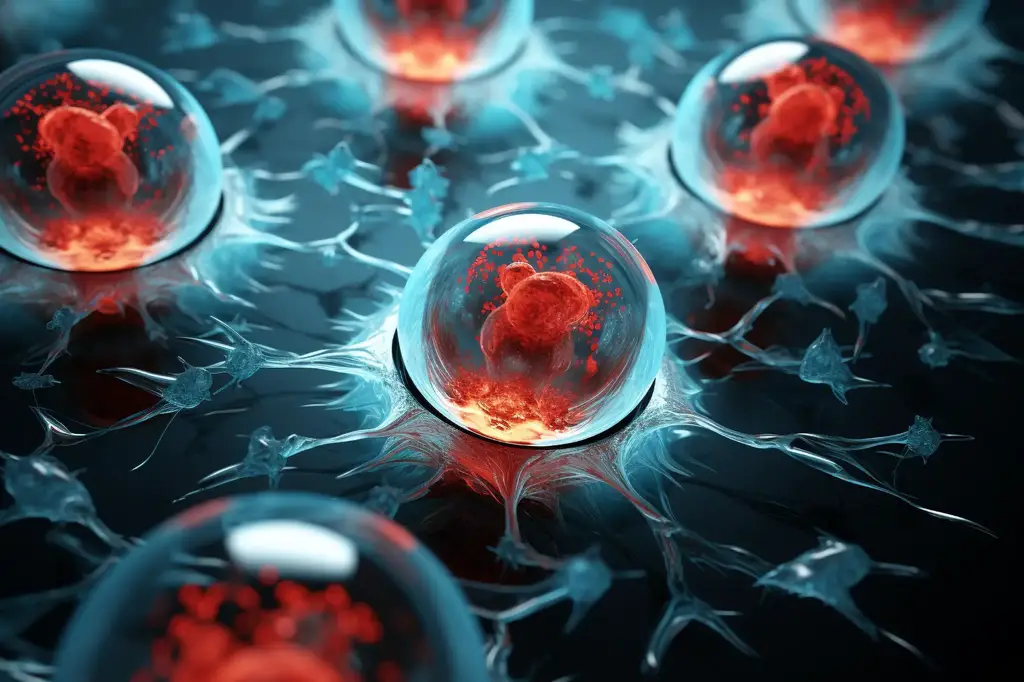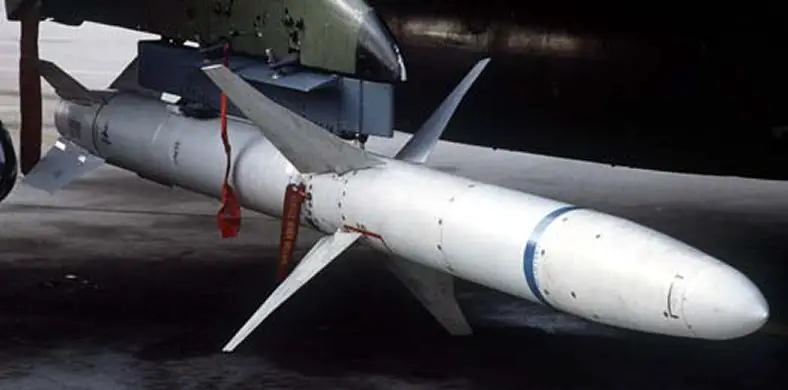The AI can detect invisible brain damage and changes in land areas.
We all know that simultaneously repeating punches can damage the brain. The problem is that detecting those damages is difficult. The AI can make that thing in seconds. The ability to detect brain damage and injuries is a very simple process. The AI detects anomalies in brain structures with very high accuracy. The thing that bases the information on how brain structure should change while a person is aging The AI can simulate how brain tissue (or any other tissue) should change over a certain timeline.
The AI requires two MRIs or some other scanner images that are taken at a certain time. The AI detects if there are any anomalous changes in those images. But the AI can also detect if there are any anomalous structures in the brain. Things like miniature blood clots are easy to detect by the AI, which uses extremely large zooms on the brain images. And then the AI marks abnormal structures in the brain.
 |
| Satellite |
 |
| U-2S |
The same technology that AI uses to compare MRI images can be used in aerial image analysis.
The technology used in this system is also in use in some satellite, airborne, and ground-based surveillance systems. The only thing that the AI requires is two photographs taken precisely from the same spot. The AI stores those images in the databases, and then it can compare those images. The AI searches for changes in the images. And because the system uses CCD cameras, even the changes in single big stones can be detected. The system can use radar, infrared, and visual images.
When the aircraft flies over a certain point on Earth, it can take images automatically. When the image is taken, the system also stores the zoom level, the camera angle, the used frequencies, and things like the altitude and speed of the aircraft. Then, after a certain time, the second aircraft can fly through the same GPS point and use the same parameters to take the second image. Then the AI can compare those images and see if there are any changes in them.
The word aerial can be replaced by the word "satellite". This kind of system can also follow things like changes in ships and other systems. The AI detects if there is something changed in the images that portray a civil or military ship. Things like docking a well-working ship tell us that there are some kinds of changes in its structures. Missing windows or changed plates can tell that there is some kind of replacements or changes in the ship's structures. One of those things can be an underwater diving chamber that allows for the delivery of scuba divers from underwater hatches.
https://scitechdaily.com/new-ai-tool-may-help-spot-invisible-brain-damage-in-college-athletes/














